Starting with obvious characters the following will isolate either species without any doubt.
2. Pronotal Colour. Basal margin yellow in sphacelatus but sometimes extremely finely so. Black in prodromus but the yellow on hind angles sometimes (rarely) continues along the base for some way.
3. Elytral Colour. Small light specimens with distinctly patterned elytra are almost always sphacelatus.
4. Pubescence.(at X20) Prodromus elytra are obviously pubescent, especially so in the male. Sphacelatus appears glabrous or only finely pubescent around elytral apices and/or margins
2. Eighth Elytral Stria. When this ends very abruptly at about double the length of the scutellum from the elytral base the specimen is prodromus.
When the Eighth elytral stria continues uninterrupted until just beyond the line of the scutellum apex and then becomes a series of punctures (2,3 or 4) which continues to the base of the seventh, the species is sphacelatus.
With a little practice this is a very easy character to appreciate and having looked at hundreds, we have no doubt that it is good. Of course it must be said that all the specimens we have seen are from around Watford, whether any regional variation exists we have no idea.
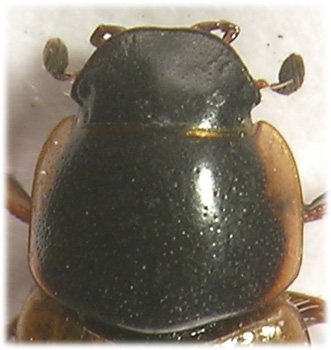
A.prodromus
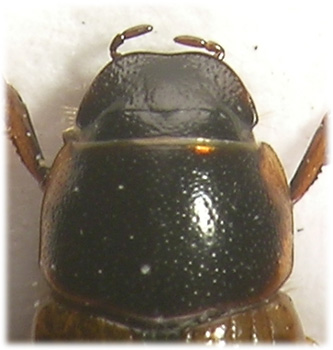
A.sphacelatus
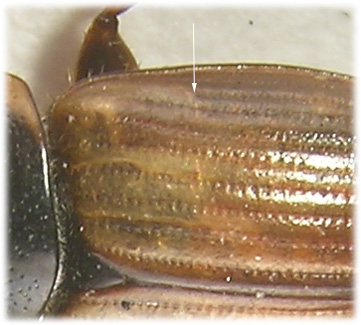
A.prodromus
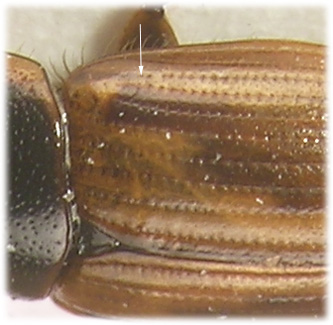
A.sphacelatus

A.prodromus
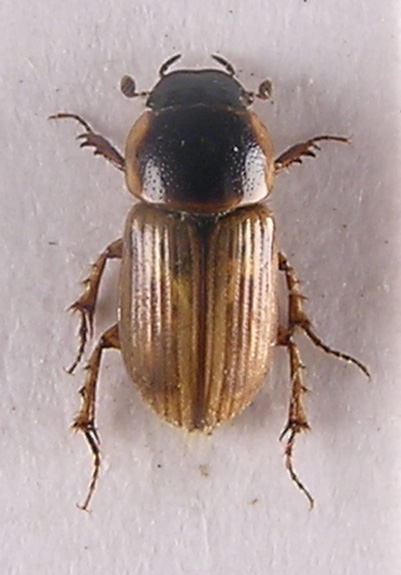
A.sphacelatus